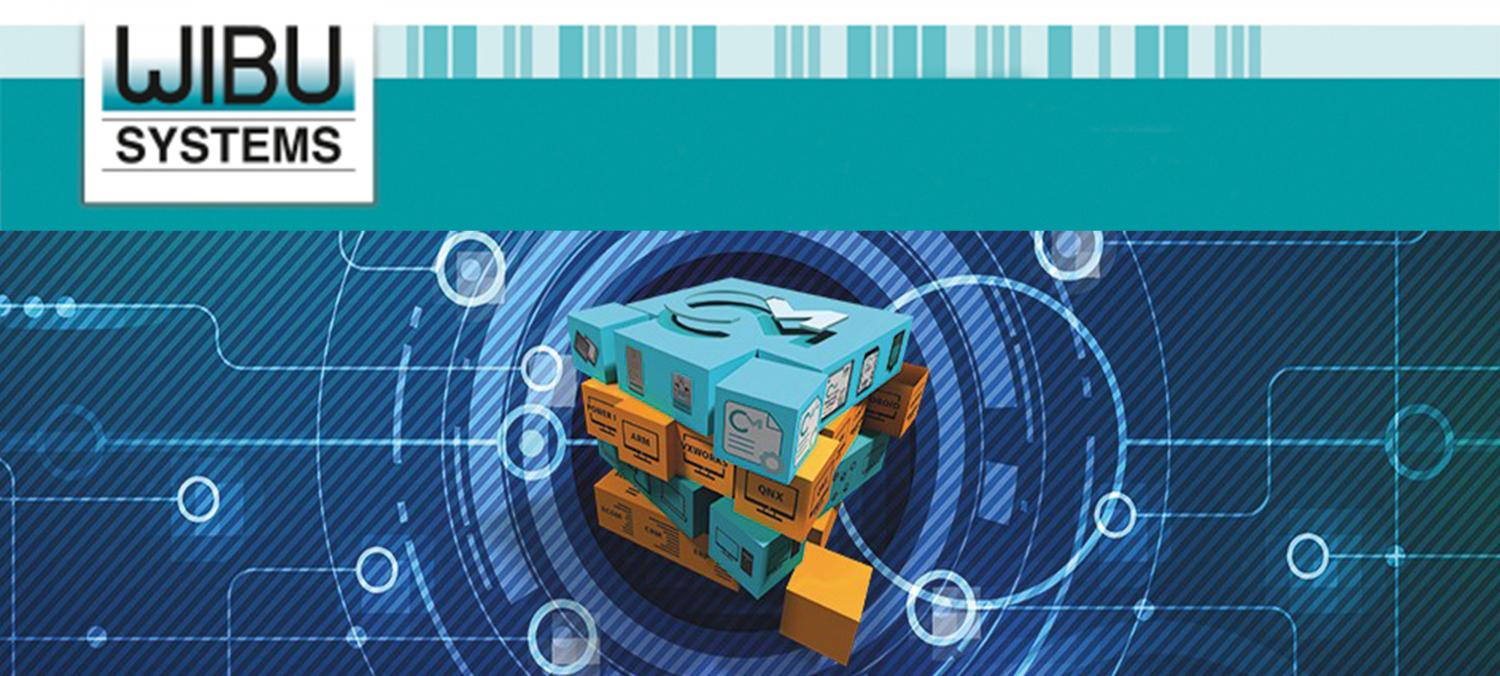
When software on a consumer’s computer becomes problematic or stops working altogether, in most cases, it is simply a nuisance without significant financial or business implications. In commercial environments, however, software issues can have a dramatic impact on industrial processes, even bringing an entire production line to a halt. Ultimately, the event can negatively affect process yield and bottom-line profits. To address these potentially drastic consequences of commercial downtime, software developers must have a full understanding of the end user environment and the availability requirements of the system. When addressing your customers’ requirements, it is important to include licensing availability in the discussion because the licensing strategy can impact the speed in which the process can be brought back online in case of a disruptive event.
One easy solution, of course, would be to forego licensing altogether. In the case of a software-associated event, end users would simply load a copy of the software on another computer and get the process back up and running quickly without having to worry about obtaining a valid license for the software. As we know, the downside to a “no-licensing” strategy is to invite users to simply copy the software and use it on other computers without paying for it. No software monetization in that case.
Fortunately, with a flexible licensing engine, ISVs can implement the optimum licensing strategy for mostly any environment that will meet the availability requirement of the customer and the rightful monetization expectations of the developer. As an example, let’s examine a "cold standby" solution.
One of our customers produces specialized sorting machines for cotton processing. The unique intellectual property of the customer lies in the software that controls the sorting process, rather than the nuts and bolts of the machine itself. As the machine sorts cotton during active production, any outage or disruption means immediate loss, because production comes to a standstill. Because the machine operates in the field where an Internet connection does not exist, a new software license for a replacement machine cannot be quickly obtained.
In this case, the licensing solution is to install two devices for controlling the machine. One device has a dongle with an unlimited license for the control software while a 2nd device has an emergency license limited to 30 days of use after first activation. If there is a problem, the 2nd device with the emergency license can be initiated and the first controller can be replaced or repaired without production having to be interrupted. Service technicians would then have 30 days to repair the system and bring it back online and set up a new emergency license for the future.
The "cold standby" solution makes an additional license always available and ready for use as needed to satisfy availability expectations while protecting the ISV from misuse of the software with a time-limited license.
There are many other scenarios and licensing strategies that can be employed to ensure that end users maintain high availability and protect their commercial businesses. In our recent KEYnote 33 Magazine, we detail many of those strategies, such as local caching, hot standby, overflow licensing, and Triple Mode Redundancy (TMR), and their potential use cases. I invite you to download your copy.



